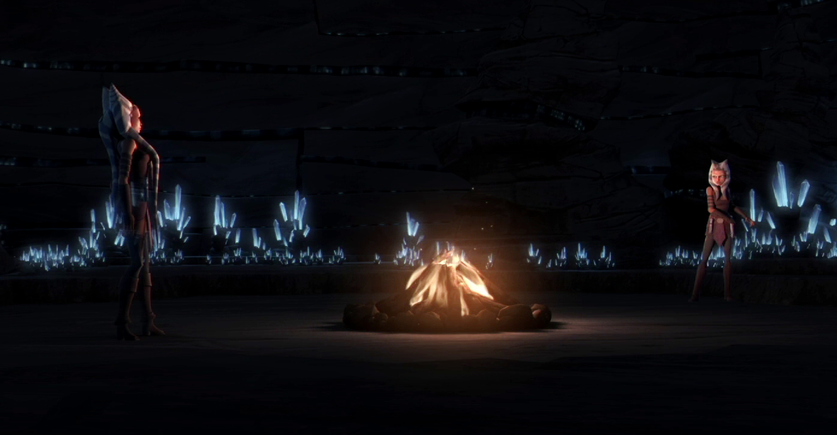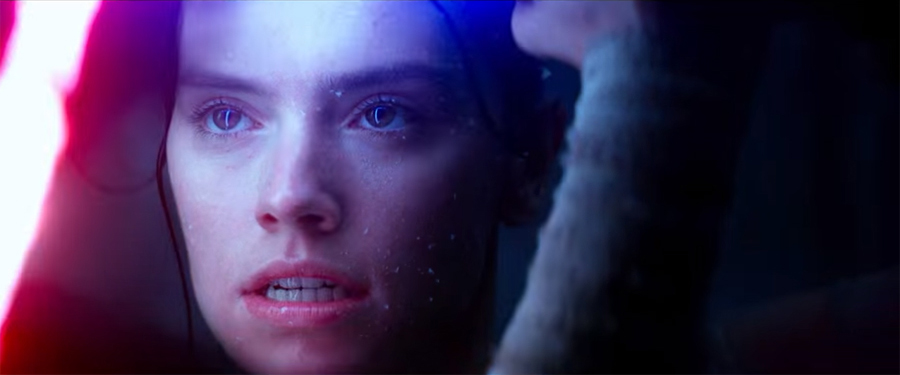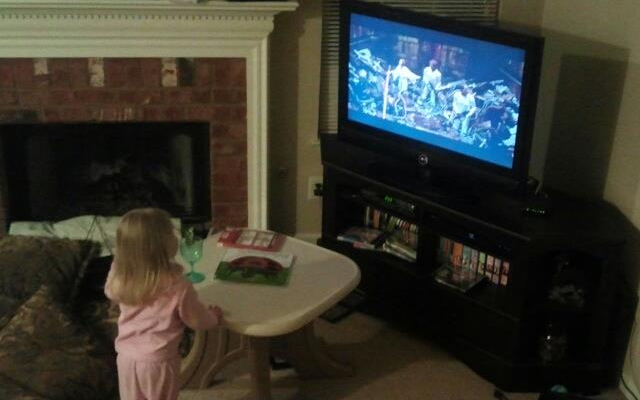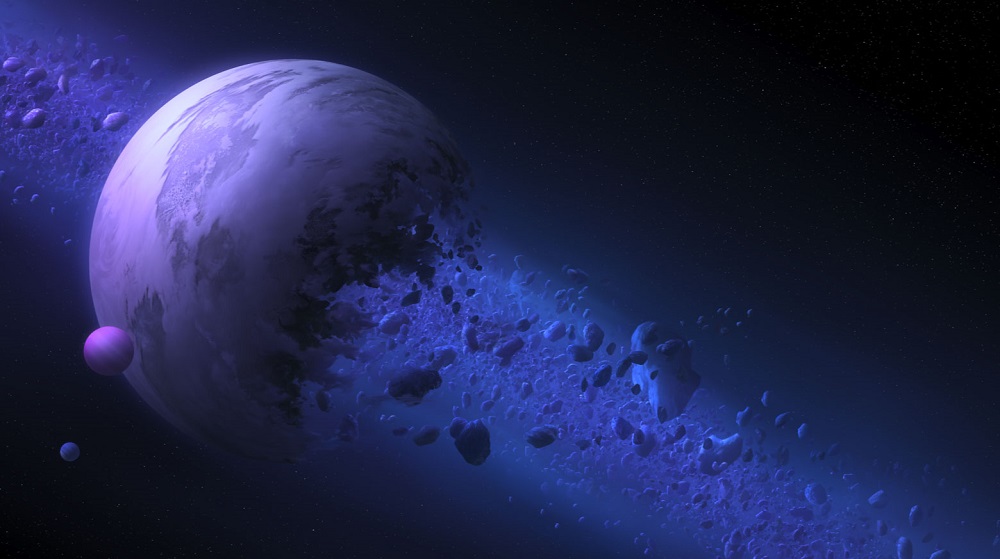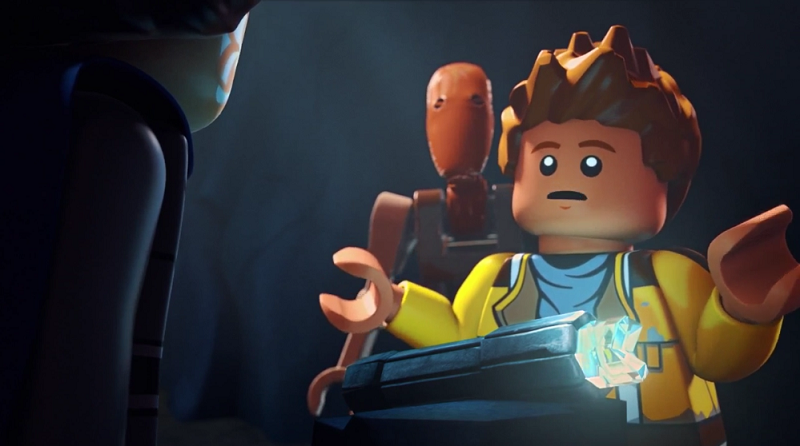 Premiering on the first day of summer, DisneyXD recently introduced us to the Freemaker family in the new show LEGO Star Wars: The Freemaker Adventures. Following a family of scavengers, older brother Zander, younger sister Kordi, and Force-sensitive, twelve-year-old Rowan, with their battle droid Roger, making their way in the galaxy. The show is steeped in its love for the Star Wars galaxy and a fun side adventure for those who want just a little bit more out of the franchise that keeps giving, and giving, and giving.
Premiering on the first day of summer, DisneyXD recently introduced us to the Freemaker family in the new show LEGO Star Wars: The Freemaker Adventures. Following a family of scavengers, older brother Zander, younger sister Kordi, and Force-sensitive, twelve-year-old Rowan, with their battle droid Roger, making their way in the galaxy. The show is steeped in its love for the Star Wars galaxy and a fun side adventure for those who want just a little bit more out of the franchise that keeps giving, and giving, and giving.
The problem, for some fans, is that the LEGO series are usually made for children (as if that alone disqualifies a story) and that they aren’t canon. They’ve got a point – both Leland Chee and Pablo Hidalgo have confirmed that the series takes place outside of “the canon”. Does that mean that there is no place for the LEGO adventures in the lives of the most dedicated fans? Or does a non-canon series still have a lot to offer the fan who has seen it all?
My first introduction to the LEGO series was actually less than memorable. I had forgotten that I played the LEGO Prequel Trilogy game years ago when it came out on the GameBoy Advance. In the time that’s passed, I didn’t really connect with the LEGO video games (not out of disinterest in the franchise, but because I’m not much of a gamer). My interest was recently re-piqued when I saw the adventure starring Poe Dameron, BB-8, C-3PO, and Admiral Ackbar posted on the Star Wars Twitter page. Read More
